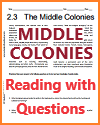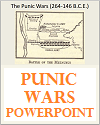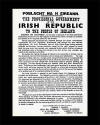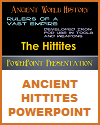The Southern Colonies |
In contrast to New England and the middle colonies, the
Southern colonies were predominantly rural settlements.
The yeoman farmers, who worked smaller tracts, sat in popular
assemblies and found their way into political office. Their
outspoken independence was a constant warning to the oligarchy
of planters not to encroach too far upon the rights of free men. The settlers of the Carolinas quickly learned to combine
agriculture and commerce, and the marketplace became a major
source of prosperity. Dense forests brought revenue: Lumber,
tar, and resin from the longleaf pine provided some of the best
shipbuilding materials in the world. Not bound to a single crop
as was Virginia, North and South Carolina also produced and
exported rice and indigo, a blue dye obtained from native plants
that was used in coloring fabric. By 1750 more than 100,000
people lived in the two colonies of North and South Carolina.
Charleston, South Carolina, was the region's leading port and
trading center. In the southernmost colonies, as everywhere else, population
growth in the backcountry had special significance. German
immigrants and Scots-Irish, unwilling to live in the original
Tidewater settlements where English influence was strong, pushed
inland. Those who could not secure fertile land along the coast,
or who had exhausted the lands they held, found the hills
farther west a bountiful refuge. Although their hardships were
enormous, restless settlers kept coming; by the 1730s they were
pouring into the Shenandoah Valley of Virginia. Soon the
interior was dotted with farms. Living on the edge of Native-American country, frontier families built cabins, cleared the wilderness, and cultivated maize and wheat. The men wore leather made from the skin of deer or sheep, known as buckskin; the women wore garments of cloth they spun at home. Their food consisted of venison, wild turkey, and fish. They had their own amusements – great barbecues, dances, housewarmings for newly married couples, shooting matches, and contests for making quilted blankets. Quilt-making remains an American tradition today. |
Directions: Read the text above, then answer the
questions below. 1.
The Southern colonies were predominantly __________ settlements.
a.
nocturnal
b.
rural
c.
suburban
d.
urban
2.
The planters of what region, supported by slave labor, held most
of the political power and the best land in the Southern
colonies?
3.
Whose outspoken independence was a constant warning to the
oligarchy of planters not to encroach too far upon the rights of
free men?
4.
What is the name of the blue dye obtained from native plants
that was used in coloring fabric?
5.
What was the region’s leading port and trading center?
6.
By the 1730s, settlers were pouring into what area of Virginia?
7.
What is buckskin?
8.
What popular colonial hobby remains an American tradition today?
|
Click here to print this worksheet. |
 |
|---|
| Colonial Period Books and Films | Colonial Period Learning and Study Games |
| Colonial Period Image Galleries | Colonial Period Outlines and Powerpoints |
| Colonial Period Miscellany | Colonial Period Worksheets |
Text courtesy of the U.S. State Department,
Bureau of International Information Programs, 2005 |


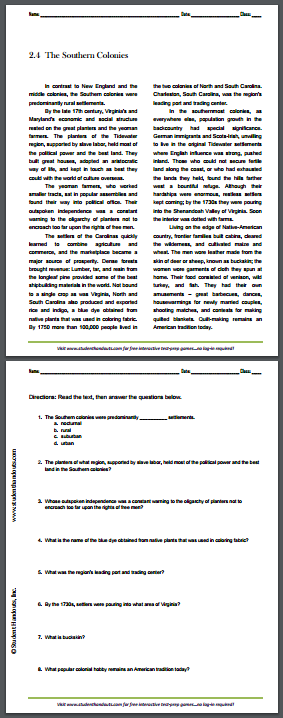 By the late 17th century, Virginia's and Maryland's economic
and social structure rested on the great planters and the yeoman
farmers. The planters of the Tidewater region, supported by
slave labor, held most of the political power and the best land.
They built great houses, adopted an aristocratic way of life,
and kept in touch as best they could with the world of culture
overseas.
By the late 17th century, Virginia's and Maryland's economic
and social structure rested on the great planters and the yeoman
farmers. The planters of the Tidewater region, supported by
slave labor, held most of the political power and the best land.
They built great houses, adopted an aristocratic way of life,
and kept in touch as best they could with the world of culture
overseas.